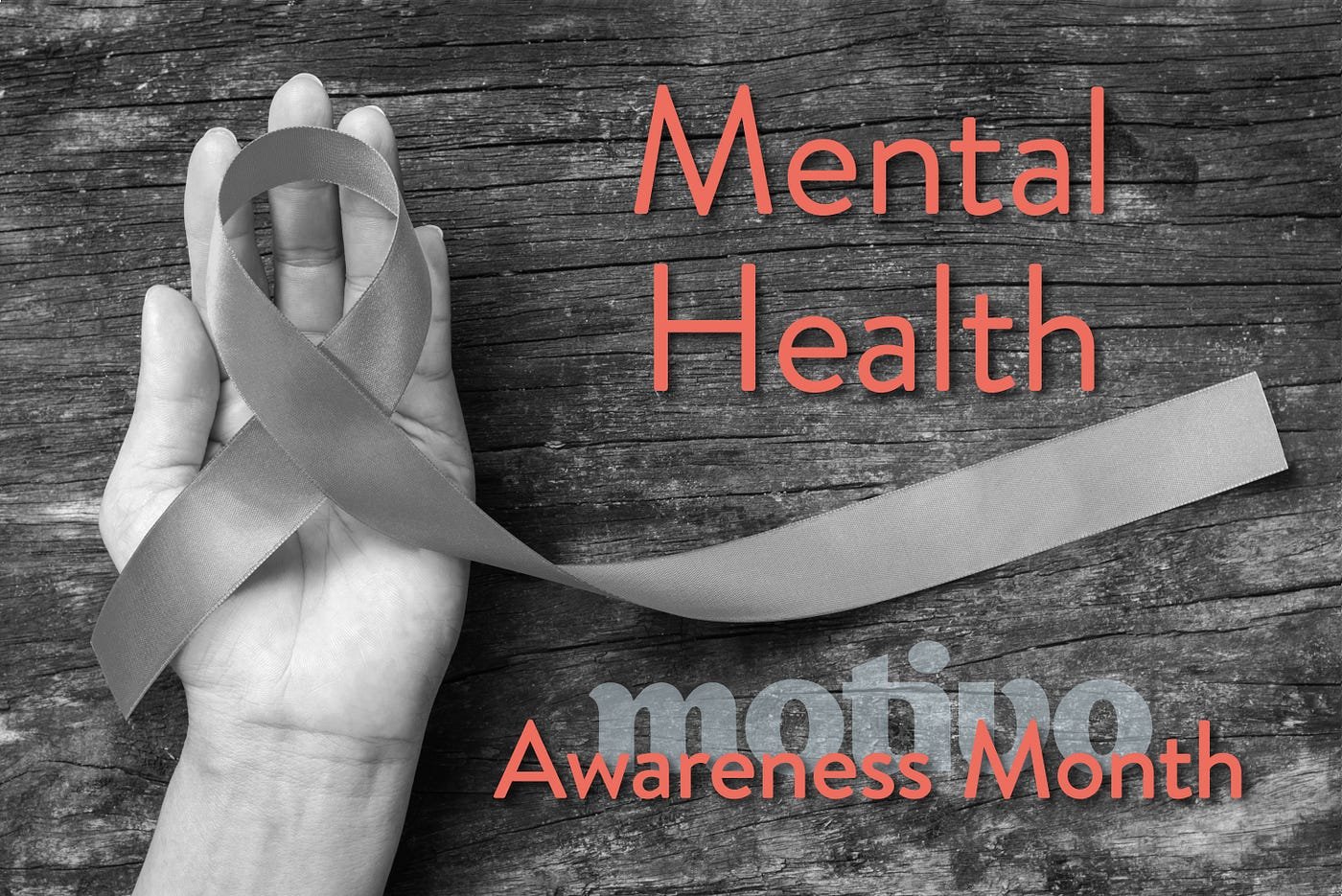Elevating the Conversation The Imperative of Mental Health Awareness
In today’s fast-paced, hyperconnected, and often overwhelming world, conversations around physical health have long control public discourse. However, an standard critical aspect of human well-being—mental health—has historically remained shrouded in stigma, misunderstanding, and neglect. As we step opposite into the 21st century, the imperative to elevate mental health awareness is more pressing than ever before.
Breaking the Silence
For decades, people suffering from anxiety, depression, PTSD, and other mental health challenges have been told to toughen up,get over it, or “keep it to themselves.” Such harmful point of view have created an environment where individuals feel ashamed to seek help out, leading to silent suffering, isolation, and sometimes, tragic outcomes.
Raising awareness is the first step toward breaking this silence. When we normalize open conversations about mental health, we challenge stereotypes and misinformation. A society that talks openly about mental health creates space for empathy, understanding, and collective healing.
The Global Burden of Mental Illness
According to the World Health Organization (WHO), over 970 million people worldwide are living with a mental disorder. Depression alone is a leading cause of disability universally. Suicide, often rooted in untreated mental illness, is among the top causes of death in young people aged 15–29.
These statistics underline a harsh reality: mental illness is not a niche issue. It transcends borders, cultures, and socioeconomic status. By elevating mental health in public discourse, we ensure that it receives the importance, funding, and policy attention it deserves.
Mental Health in the Workplace and Schools
Mental health awareness isn’t just a moral obligation—it’s a practical necessity. In the workplace, untreated mental health issues cost businesses billions incatalogue productivity, absenteeism, and turnover. More importantly, employees in mentally healthy environments report higher engagement, allegiance, and performance.
Similarly, educational institutions must recognize that academic success is closely tied to emotional well-being. Students battling mental health dare often struggle silently, which negatively impacts their performance and long-term potential. Schools and colleges that invest in mental health education, counseling services, and haven are cultivating not just better students—but stronger, more resilient individuals.
Technology and the Modern Mental Landscape
While digital technology has connected the world in unprecedented ways, it has also introduced new mental health challenges—social comparison, cyberbullying, online dependency, and information overload. The rise of social media has, in many ways, blurred the line between real and curated lives, leading to increased anxiety, depression, and low self-esteem, especially among adolescents and young adults.
Elevating the conversation around mental health in the digital age means equipping people with the tools to navigate online spaces mindfully. It also involves holding tech companies responsible for the psychological impact of their platforms and pushing for built-in features that promote mental wellness.
The Role of Media, Celebrities, and Influencers
Celebrities and influencers who speak openly about their mental health struggles play a powerful role in reducing stigma. When public figures like Lady Gaga, Dwayne “The Rock” Johnson, or Prince Harry candidly discuss therapy, depression, or trauma, they send a clear message: It’s okay not to be OK.
Media outlets and streaming programme can further normalize these conversations through films, documentaries, and series that portray mental illness with depth, accuracy, and compassion. Representation matters—not just in diagnosis, but in showing stories of recovery, power, and resilience.
Cultural Sensitivity in Mental Health Conversations
In many cultures, mental illness is still heavily stigmatized or misunderstood. Some communities may view it as a spiritual weakness, a curse, or even deny its existence. Elevating the conversation, therefore, must be done with cultural awareness and sensitivity.
Mental health campaigns must be inclusive and customize to local needs. Multilingual resources, faith-based dialogues, and partnerships with community leaders can bridge gaps in understanding and receipt.
What Can We Do?
Everyone has a role to play in destigmatizing mental illness and promoting wellness. Here’s how we can contribute:
- Start talking. Share your experiences and check in on others.
- Educate yourself and others. Understanding symptoms, treatment alternative, and language around mental health can combat myths and fear.
- Support mental health organizations. Donate, volunteer, or supporter for a cause you care about.
- Prioritize self-care. Acknowledge your possess mental health needs and seek help when necessary.
- Push for policy change. Advocate for accessible, affordable, and standard mental healthcare in your community.
Mental Health FAQ
1. What is mental health?
Mental health refers to our emotional, psychological, and social well-being. It affects how we think, feel, and act, and also influences how we handle stress, relate to others, and make choices.
2. What are common mental health disorders?
Some of the most common mental health disorders include: Depression, Anxiety disorders, Bipolar disorder, Schizophrenia, Post-Traumatic Stress Disorder (PTSD), Obsessive-Compulsive Disorder (OCD).
3. What causes mental health issues?
Mental health issues can be caused by a variety of factors, such as: Genetic predisposition, Chemical imbalances in the brain, Trauma or abuse, Chronic stress, Social isolation, Substance abuse.
4. How can I tell if someone is experiencing a mental health issue?
Signs may include: Persistent sadness or mood swings, Withdrawal from friends and activities, Changes in sleeping or eating habits, Difficulty concentrating, Excessive fears or worries, Unexplained physical ailments.
5. Can mental health issues be treated?
Yes. Mental health conditions are treatable with the right support, therapy, lifestyle changes, and sometimes medication. Early intervention is key to effective treatment.
6. How do I seek help for mental health concerns?
You can start by: Talking to a trusted friend or family member, Consulting a general doctor or mental health professional, Calling a mental health helpline, Joining a support group.
7. Are mental health problems common?
Yes. According to the World Health Organization (WHO), 1 in 8 people globally live with a mental health condition at some point in their lives.
8. How can I support someone with a mental health condition?
Listen without judgment, Encourage them to seek professional help, Offer emotional support, Learn more about their condition, Be patient and respectful.
9. How can I take care of my own mental health?
Maintain a healthy lifestyle (sleep, exercise, nutrition), Practice mindfulness and stress management techniques, Stay connected with loved ones, Set realistic goals and boundaries, Seek help when needed.
10. Is mental illness a sign of weakness?
No. Mental illness is a medical condition, not a character flaw. Seeking help shows strength and self-awareness.
Conclusion: A Call to Action
Mental health awareness is not a fleeting trend or a one-month campaign—it’s a lifelong commitment to understanding, empathy, and action. As a community, we can no longer afford to treat mental health as secondary to physical well-being. The talk must be continuous, inclusive, and loud.





